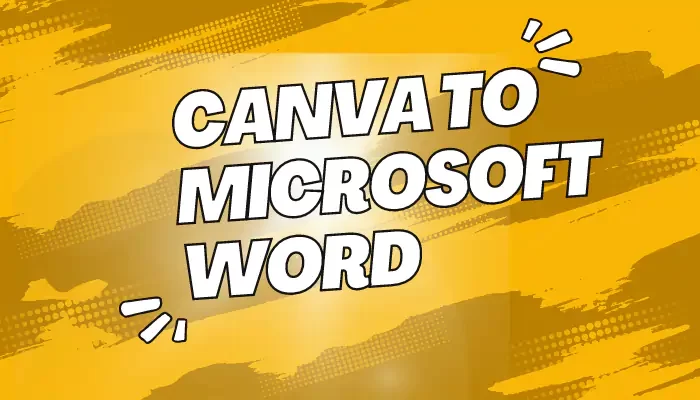Why One-on-One Meetings Are a Game Changer
Ever felt like your team meetings don’t help you connect deeply with each member?
That’s exactly why one-on-one meetings exist — they’re not about status updates, but about understanding people, solving challenges, and aligning goals.
If you’re a manager or team lead wondering “how to effectively run a one-on-one meeting that actually matters,” this guide gives you a clear, repeatable framework — from preparation to follow-up — that makes every 1:1 count.
🧭 Key Takeaways
- 1:1 meetings are about people, not projects.
- Always prepare an agenda but stay flexible.
- Listen actively and take notes.
- Document next steps and follow up consistently.
What Is a One-on-One Meeting?
A one-on-one meeting (1:1) is a dedicated time for a manager and an employee to discuss performance, development, goals, and any blockers in a private setting.
It’s a powerful management tool for feedback, alignment, and motivation.
🧠 Quick Fact: According to Gallup, employees who have regular one-on-one meetings with their managers are 3x more likely to be engaged at work.
Why One-on-One Meetings Often Fail
Before you improve them, know what breaks them. Most 1:1s fail because:
- They lack clear purpose or structure.
- Managers talk more than they listen.
- Follow-up actions are never tracked.
- Meetings turn into “project updates” instead of real conversations.
The goal is to shift the focus from tasks to growth.
Step-by-Step: How to Effectively Run a One-on-One
1. Prepare in Advance
Don’t walk in blind. Prepare discussion points such as:
- Personal and professional goals
- Feedback on recent projects
- Challenges and resource needs
📋 Pro Tip: Use a shared Google Doc or Notion page for ongoing notes.
2. Start With Openness
Begin each session by asking:
“How are you feeling about work lately?”
This builds trust and encourages honest dialogue.
Avoid jumping straight into work topics — make it human first.
3. Discuss Progress & Roadblocks
Ask open-ended questions like:
- “What’s been going well since our last meeting?”
- “What’s been frustrating you lately?”
- “Is there anything slowing down your progress?”
🎥 See how to ask better coaching questions:
4. Focus on Growth and Development
The best 1:1s explore career aspirations.
Ask:
- “What skills do you want to develop next?”
- “Is there a project you’d like to lead?”
This shows genuine investment in their growth — not just their output.
5. Give and Receive Feedback
Make feedback a two-way street.
“What’s one thing I can do differently as your manager?”
That question alone can transform team dynamics.
6. End With Action Items
Before wrapping up, summarize key actions:
- Assign owners and deadlines
- Record notes in your meeting tracker
- Schedule the next 1:1

Canva To Microsoft Word: Create Beautiful Documents Easily
you can start using Canva with Microsoft Word today to take your documents to the next level.
Use a tool like Canva Docs to create visually structured 1:1 templates for free.
🧩 Bonus: One-on-One Meeting Template
| Section | Example Questions | Notes |
|---|---|---|
| Check-in | “How’s your week been?” | Build rapport |
| Progress | “What are you most proud of this week?” | Celebrate wins |
| Challenges | “What’s been blocking you lately?” | Problem-solving |
| Feedback | “How can I better support you?” | Encourage trust |
| Development | “Any new skills you want to learn?” | Long-term growth |
You can create a shareable visual version of this table using Canva’s Meeting Template Library.
💬 Common Questions People Ask (Organically Searched FAQs)
❓ How long should a one-on-one meeting last?
Usually 30–45 minutes is ideal — long enough for meaningful discussion without feeling rushed.
❓ How often should I hold 1:1 meetings?
Weekly or bi-weekly is best for most teams. Consistency matters more than duration.
❓ Should I take notes during a one-on-one?
Yes — always note action points and insights. You can use simple templates like Canva’s Meeting Notes Template to stay organized.
❓ How do I make one-on-one meetings less awkward?
Start with personal questions, not performance talk. Ask about their week, hobbies, or what excites them about their work.
❓ What’s the manager’s role in a one-on-one?
To listen 70% of the time and talk 30%. Your job is to understand, support, and unblock.



